
Recommendation
Discipline and structure have improved the process of hiring at Google, Amazon and McKinsey. Now Nobel Prize–winning cognitive scientist Daniel Kahneman – the originator of the structured interviewing process these companies used – believes a similar method could enhance strategic decision making, too. Kahneman and his co-authors, business strategy experts Dan Lovallo and Olivier Sibony, make a convincing case for structured, strategic decision making in a cogent article for MIT Sloan Management Review.
Summary
About the Authors
Daniel Kahneman is the Eugene Higgins Professor of Psychology, Emeritus at Princeton University. He received the Nobel Prize in Economic Sciences in 2002 for his work (with Amos Tversky) on cognitive biases. Dan Lovallo is a professor of business strategy at the University of Sydney and a senior adviser to McKinsey & Co. Olivier Sibony is an affiliate professor of strategy and business policy at HEC Paris; an associate fellow at Saïd Business School, University of Oxford; and a consultant specializing in the quality of strategic thinking.









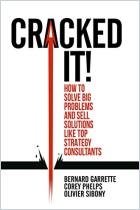
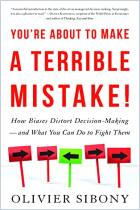
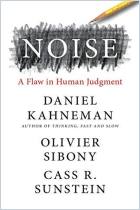

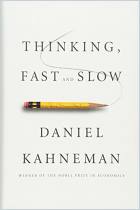
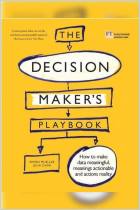
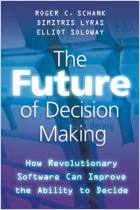

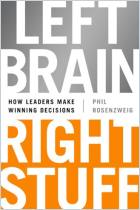
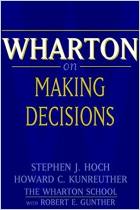
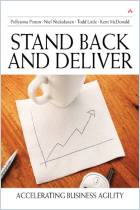







Comment on this summary or 开始讨论